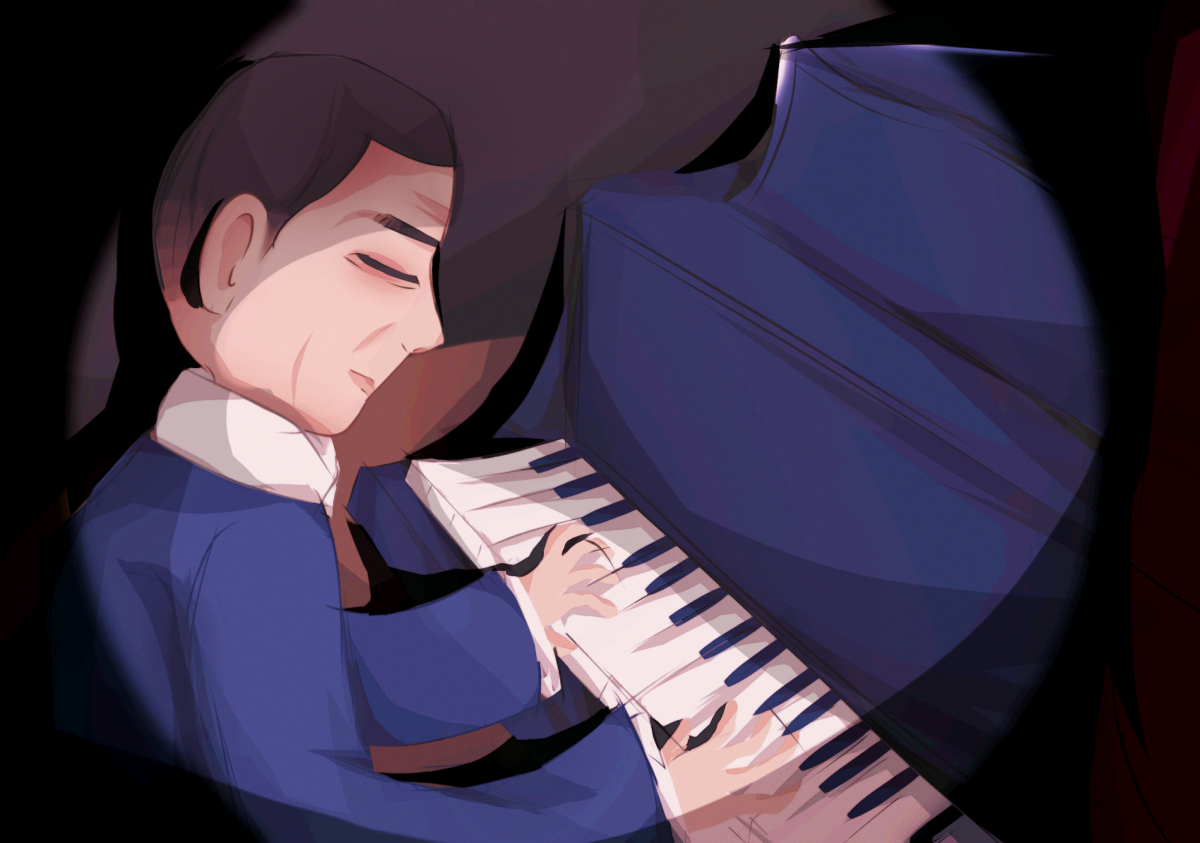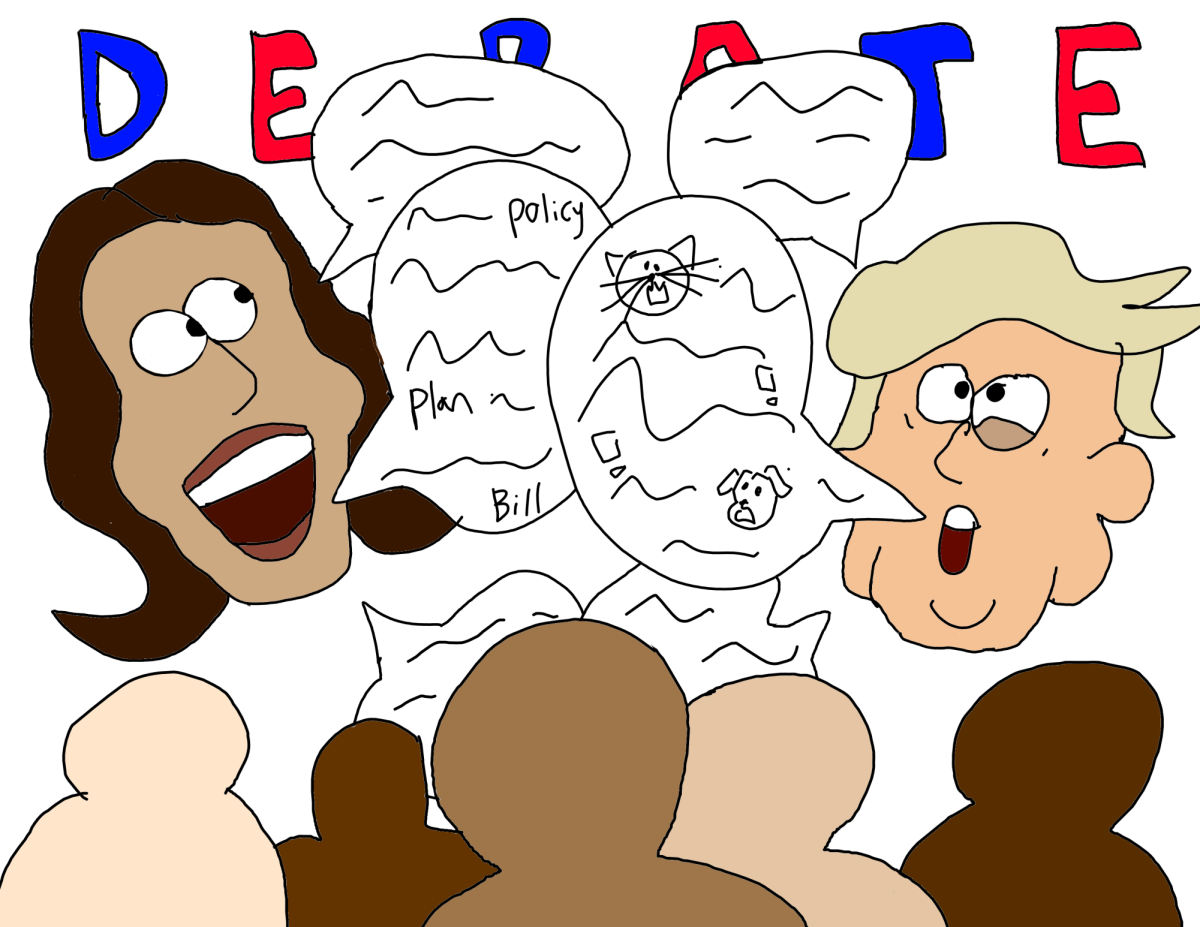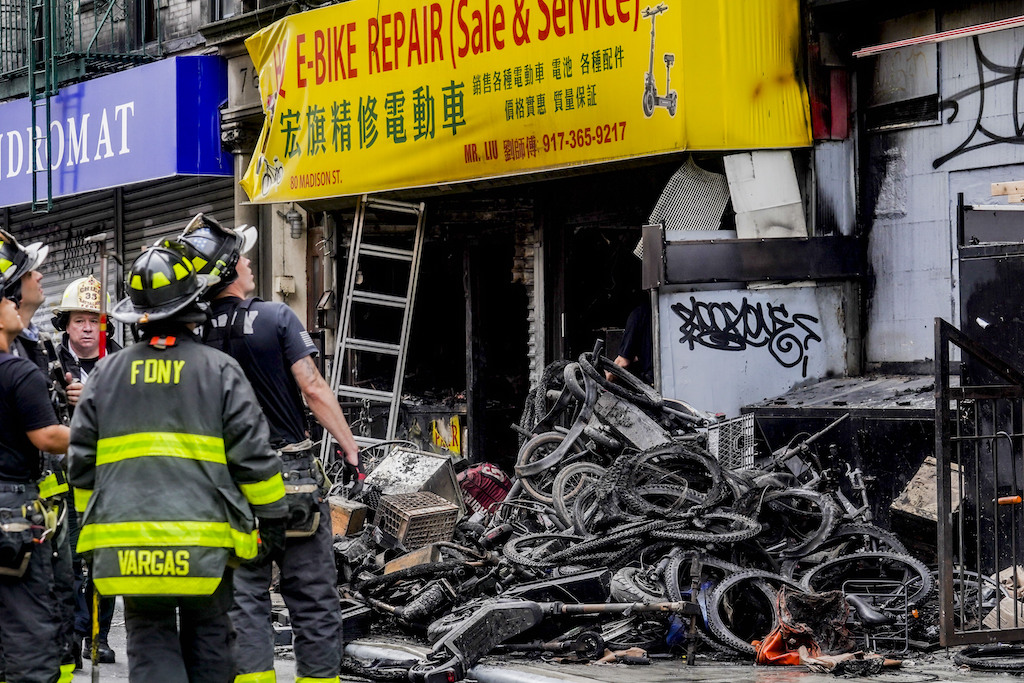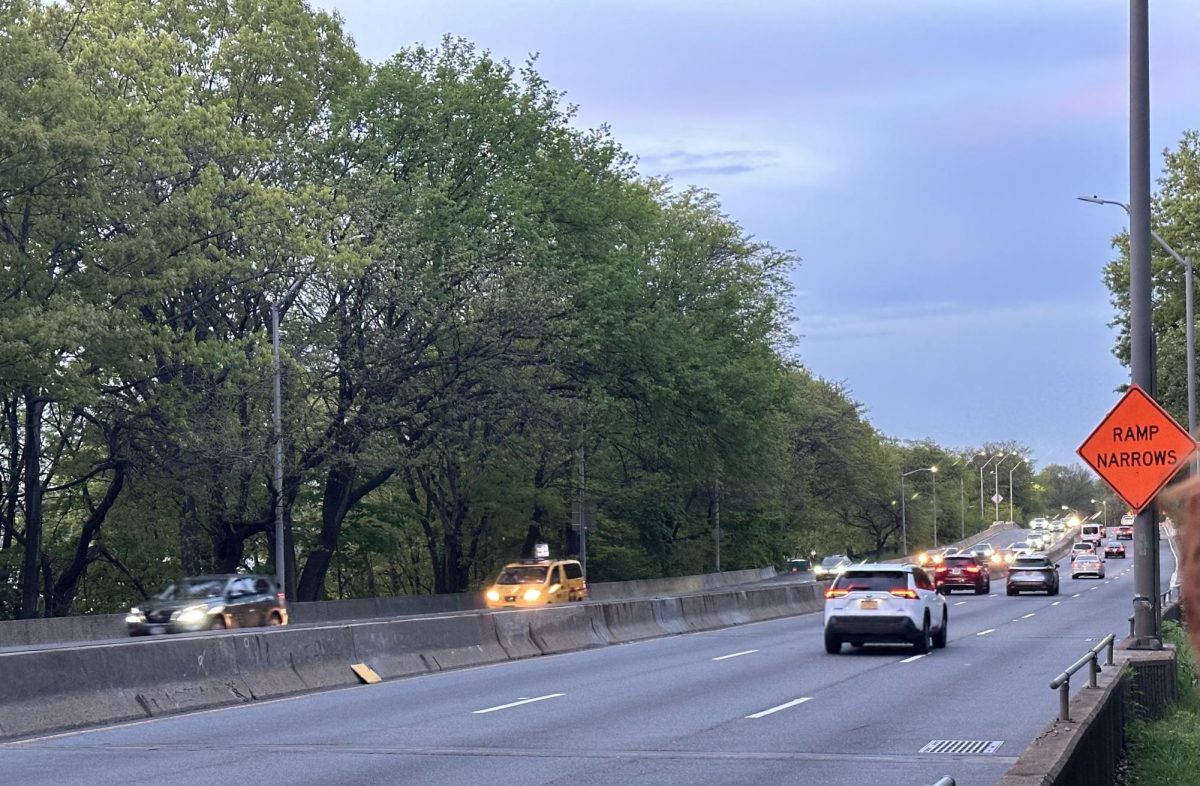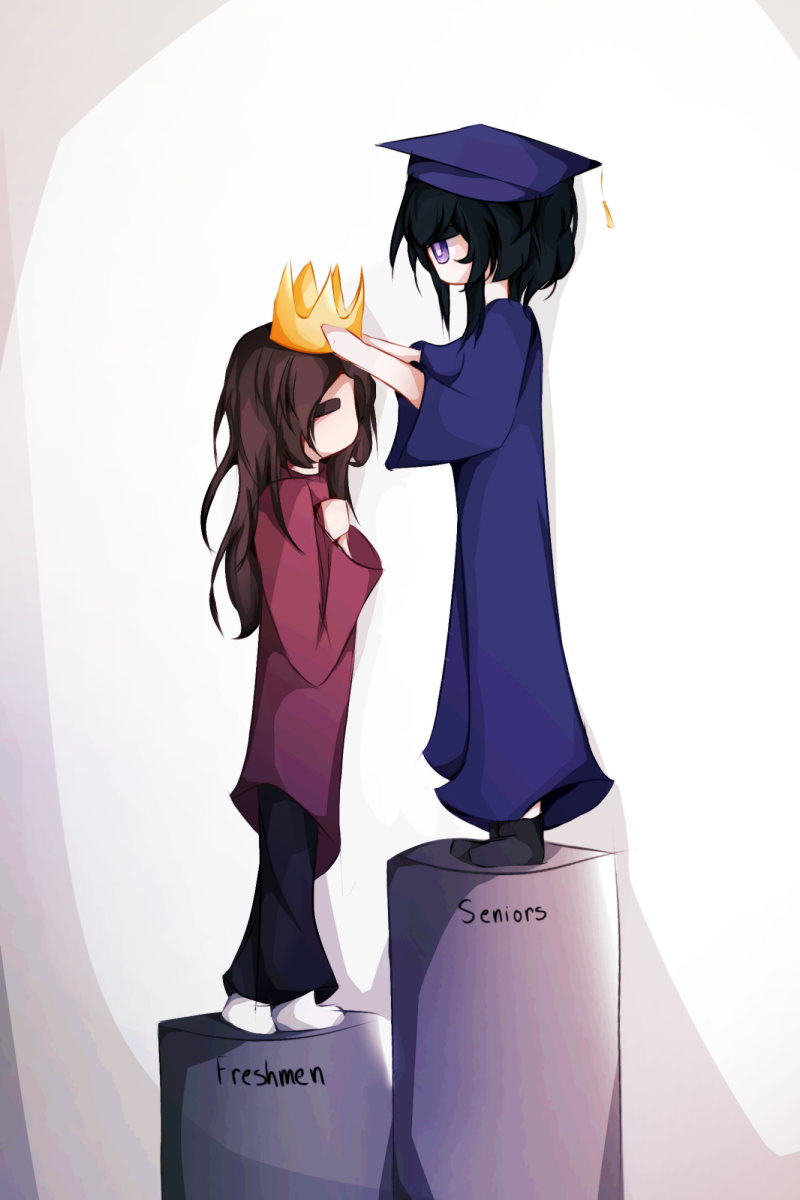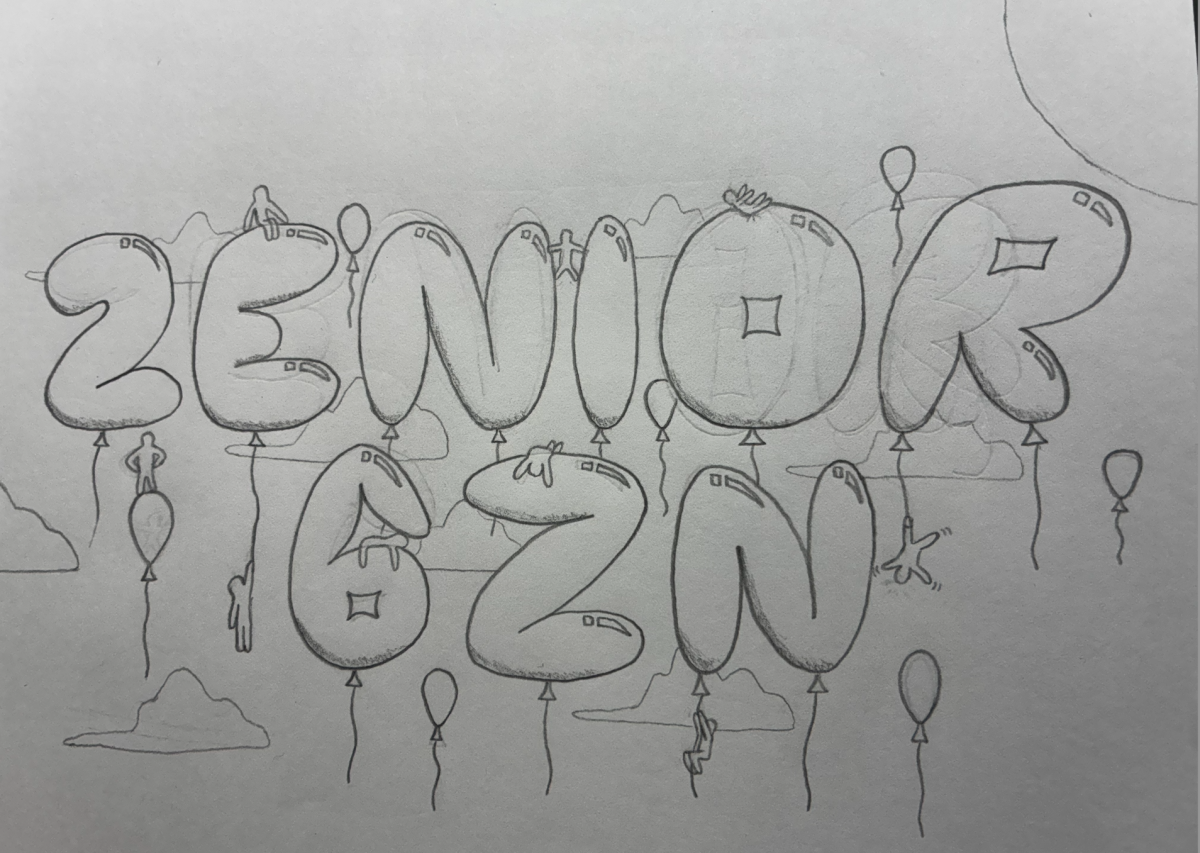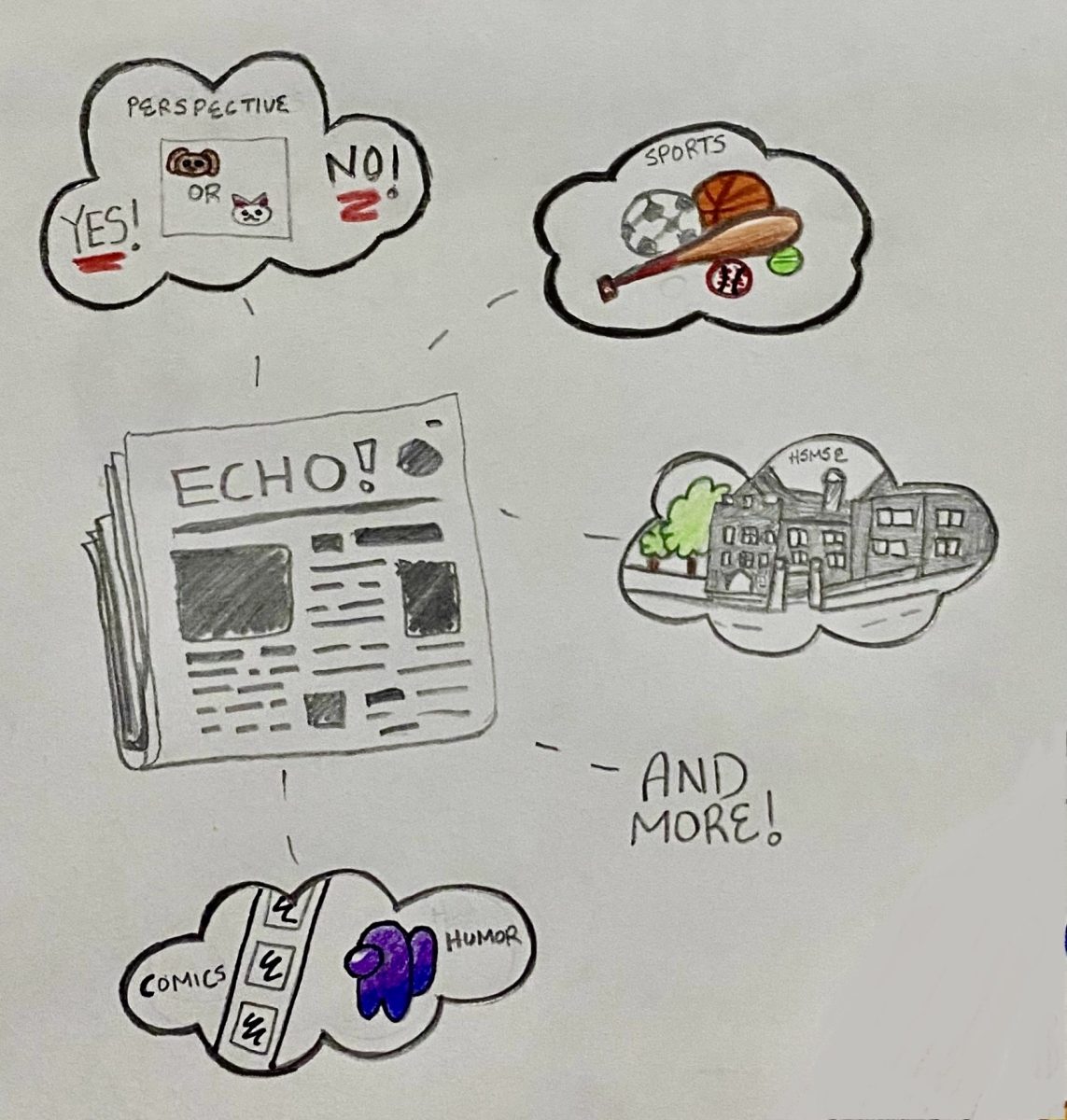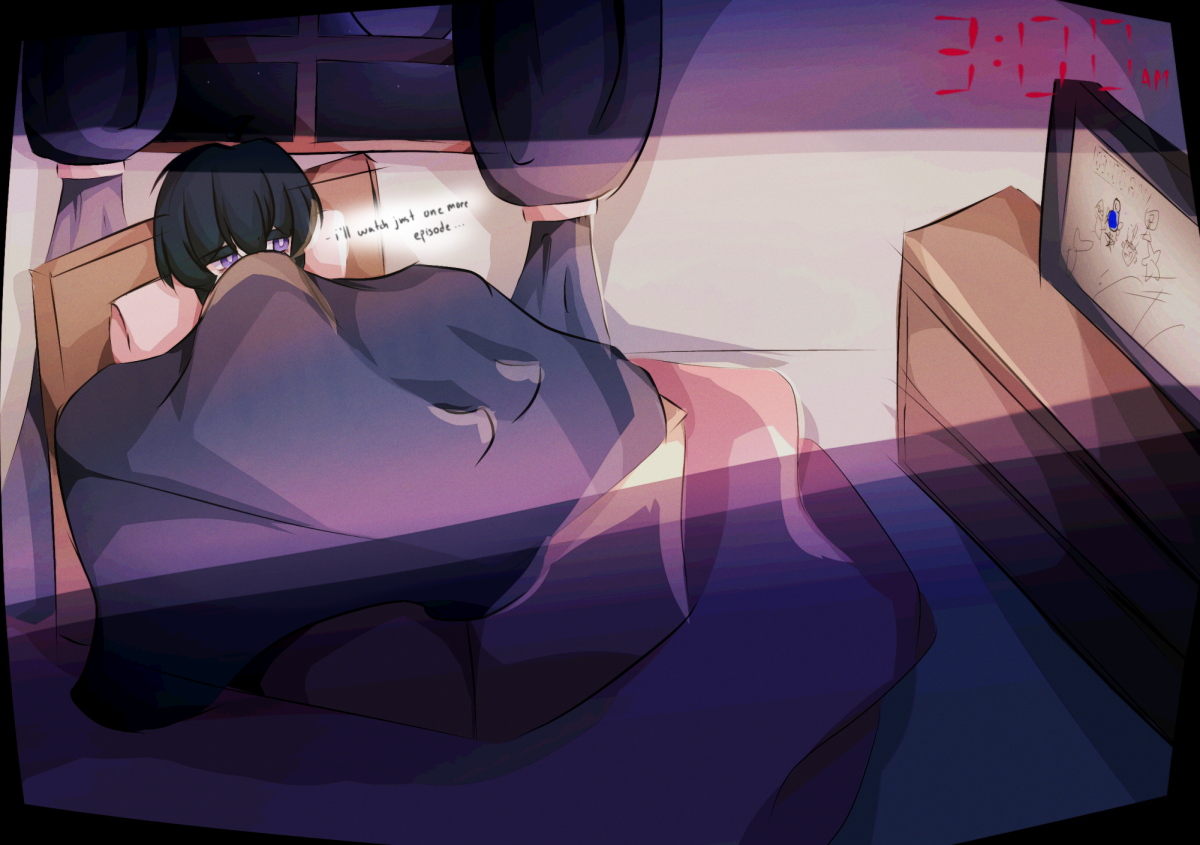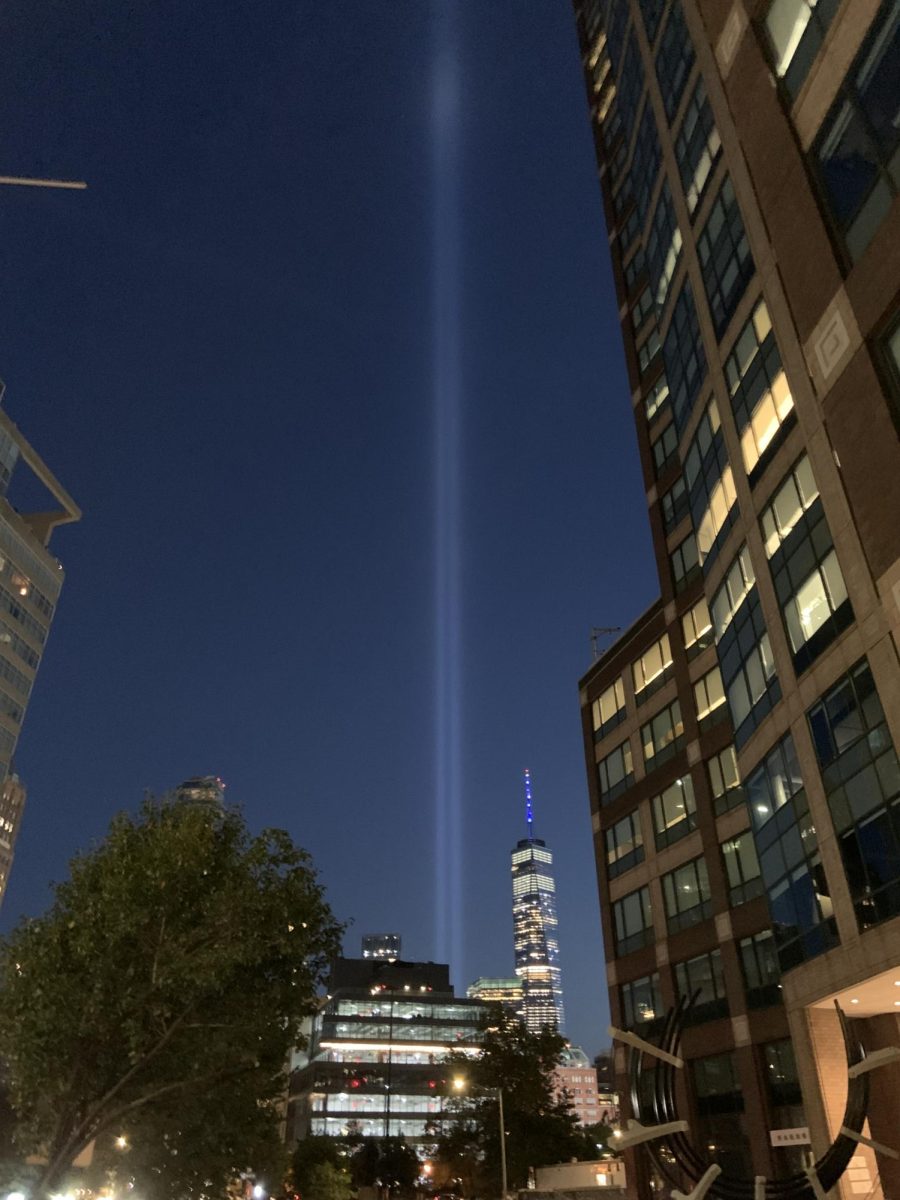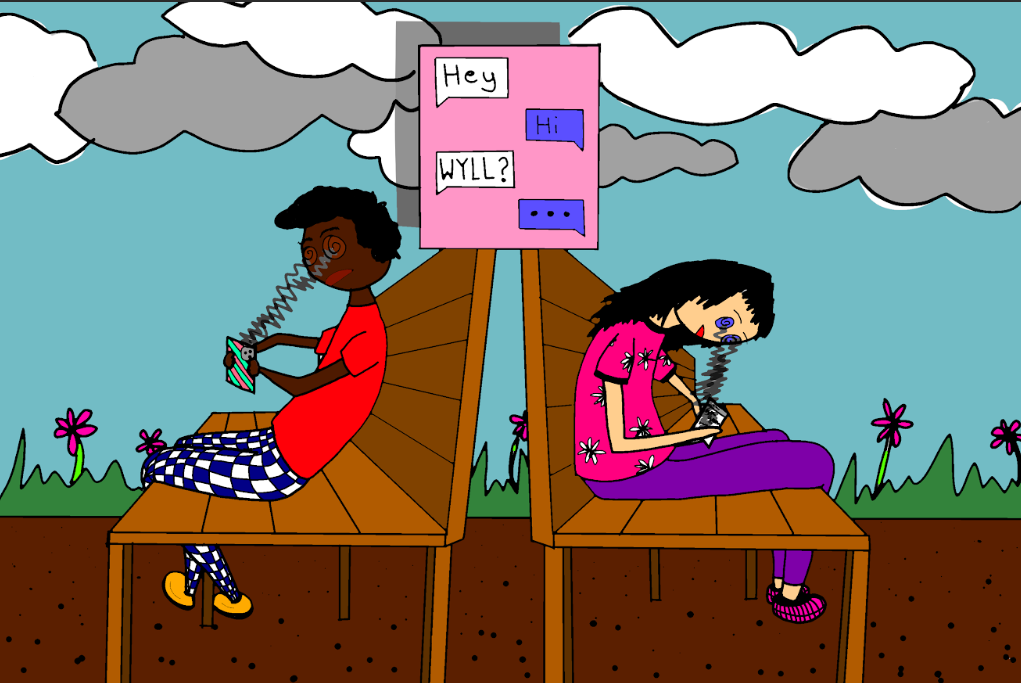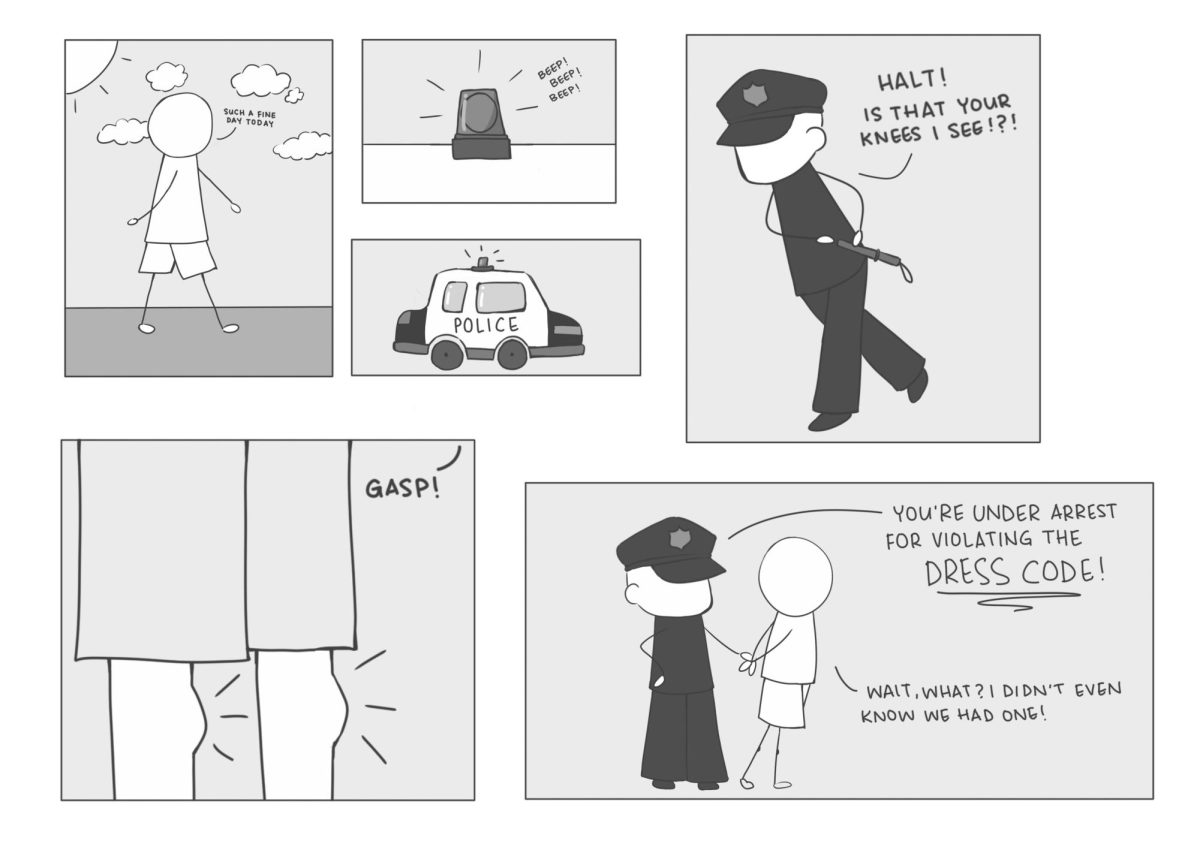One thing I love about HSMSE is that every student can wear pretty much whatever they want to showcase who they are. But there are occasional incidents where students are punished for what they’re wearing. These incidents occur because of HSMSE’s obscure, unclear, and semi-non-existent dress code. So here’s the question: Do we really have a dress code? If we do… What is it?
I spoke to a student about her experience getting dress-coded. When asked how she felt about the situation she said, “it was confusing.” Mainly because, akin to many other HSMSE students, she wasn’t even aware we had a dress code.
Opinions on dress codes and their importance, or lack thereof, will undoubtedly differ based on whom you speak to. If a dress code is to be enforced, it must be widely known, and incidents regarding it must be handled with respect, discretion, and most importantly kindness. The purpose of this article is not to harp on teachers or the administration; rather, it is a call to action.
According to Mr. Zara, HSMSE students should “treat school as if it were work,” meaning dress semi-professionally. But, he also understands that we are teenagers, and at the end of the day this isn’t work, it’s school, so as long as clothing isn’t actively disturbing the class, it is allowed.
When asked if we had a written dress code here at MSE, Mr. Zara said, “Years ago I tried to write a dress code that would be as gender neutral as possible; it is very difficult to do so. Most of the time, when you look at dress codes, more often than not they are geared towards female students.” The concept of deeming feminine clothing “distracting” is a fundamental issue, as it perpetuates sexist ideologies. According to Chalkbeat, “Girls for Gender Equity’s new report reveals dozens of schools out of 100 public-facing school policies appear to directly contradict the education department’s guidance against singling out one gender. For example, 27 policies specifically banned mini skirts and 27 banned ‘distracting dress.’ 55 school dress code policies banned crop tops, 38 banned halter tops, 33 banned short shorts, and 28 banned tube tops, according to the report.” Banning the above clothing items disproportionately impacts women and those who wear traditionally feminine clothing. So to create a truly gender neutral dress code is quite the feat.
Mr. Zara continued, “A few years ago, Dr. Bonds and the SLT wrote a dress code, probably a pretty traditional one. But I don’t think it was very widely distributed.”
So the answer to our question is: Yes. We do have a dress code here at HSMSE. But what is it? Where can it be found? Do teachers know what it is? “Technically speaking, our dress code is the same as the DOE’s guidelines,” Mr. Zara said. The DOE states that “students have the right to determine their own attire, except where the dress is dangerous, interferes with the teaching and learning process, or violates the DOE’s anti-discrimination policy.” So that is the answer: our dress code is don’t wear “dangerous” or “distracting” clothing. That, however, is very vague and allows teachers to rely on their personal opinions.
Teachers having the power to determine what is or is not distracting is where it gets messy; that decision could have discriminatory gender bias, even unintentionally. So what is the solution to avoiding this? I believe the only way true action can be taken is if we take it as a community. The key to everyone feeling safe and accepted at our school is if teachers, administration, and students agree on a respectful dress code. Once that decision has been made, the dress code should be publicly displayed to avoid confusion.

